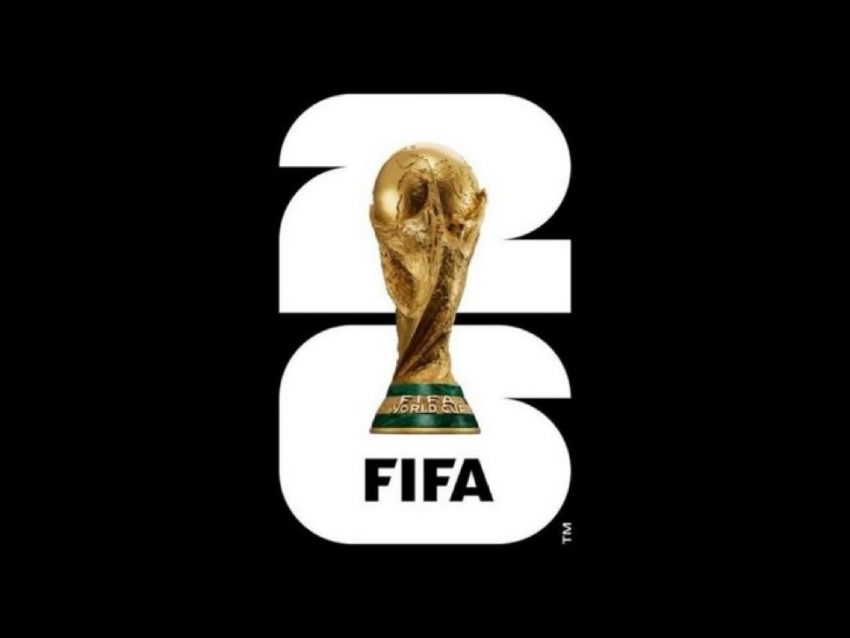FIFA is set to implement a dynamic pricing model for general ticket sales at the 2026 Men’s World Cup, which will be co-hosted by the United States, Canada, and Mexico. This marks a significant shift in how fans will purchase tickets, as prices will fluctuate based on demand—a system familiar in sectors like travel, concerts, and U.S. sports, but controversial in the world of football.
What Is Dynamic Pricing?
Dynamic pricing means ticket prices will increase or decrease depending on factors like availability and real-time demand. FIFA has already used this model for the FIFA Club World Cup in the U.S., where lower-than-expected demand led to discounted tickets for some matches. For instance, group stage tickets featuring major clubs like Manchester City, Chelsea, and PSG dropped to $30 or less. In contrast, games involving Real Madrid saw prices starting at $100 due to higher demand.
Limited Fixed Pricing
According to sources close to FIFA’s planning, a small allocation of tickets—specifically those set aside for competing national football associations—will have fixed prices. All other general sale tickets will be subject to dynamic pricing when sales begin in the third quarter of 2025 through FIFA’s official website.
Soaring Revenue Targets
The decision is closely tied to FIFA’s financial goals. The organization has projected $1.8 billion in ticketing revenue from the 2026 tournament—calling that figure “conservative”—as part of an overall revenue goal of $13 billion for the 2023–2026 business cycle. This is a sharp increase from the $7.6 billion generated during the previous cycle that culminated with the 2022 World Cup in Qatar.
It’s important to note that most of the ticket revenue will go directly to FIFA, not the host cities, despite their logistical and infrastructural contributions to the event.
Backlash from Supporters
The introduction of dynamic pricing has sparked backlash, especially among European fan groups. Ronan Evain, executive director of Football Supporters Europe (FSE), criticized the move, stating, “It does not belong to football… The prices only go up—it’s not like a hotel or airline sector where you can get a last-minute deal.”
Evain also pointed to the UK government’s ongoing inquiry into dynamic pricing in live events, emphasizing the need for transparency and consumer protection. He urged FIFA to freeze prices at 2022 levels, given the organization’s already substantial profits and reserves.
A Cultural Divide
While dynamic pricing is standard practice in the U.S., its use in European football is rare and deeply unpopular. When Valencia CF introduced it for the 2024–25 season, fans voiced strong opposition. The Football Supporters Association in the UK warned of a similar backlash if English clubs were to follow suit. FSE labeled the approach as “nothing but blatant greed.”
Financial Burden for Fans
Beyond ticket prices, fans—especially international travelers—face additional expenses such as accommodation, intra-continental travel, and even parking fees, which reportedly surpassed $100 at some Copa America venues. There are growing concerns that dynamic pricing may make World Cup attendance unaffordable for average supporters.
Public Attention Grows
“Dynamic pricing” has become such a hot-button issue that Oxford University Press included it on its shortlist for Word of the Year in 2024. The practice drew widespread criticism during the Oasis reunion tour, leading the band to abandon it for their subsequent North American shows.
As FIFA continues to position the 2026 World Cup as a massive commercial opportunity, its embrace of dynamic pricing signals a broader shift toward market-driven strategies—but not without risking alienation of the sport’s most loyal fans.

